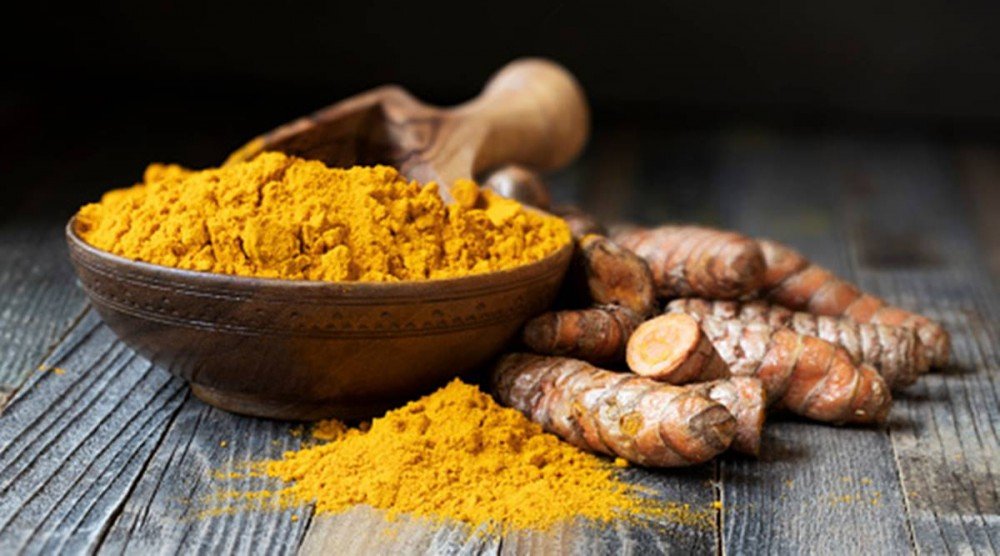Turmeric is a bright yellow-orange spice that comes from the turmeric plant. It is commonly used in Asian food. It has a warm, bitter taste and is frequently used to flavor or color curry powders, mustards, butters, and cheeses.
There are various types of turmeric, which are mostly categorized with where they are grown. They include;
The first variety is Curcuma aromatica or Kasturi Manjal which is known for its fine odor. It is used widely as a natural cosmetic to apply on the skin for beauty enhancement. The Kasturi Manjal is generally avoided in cooking because if its bitter taste.
The powder made from the root of this Turmeric can be easily sourced from any herbal vendors in India and its color is very close to the common Turmeric used for cooking.
The second variety, is the popular one used in Curry Powder which is widely used for cooking purposes. The main ingredient in most of the curry powders is the Turmeric produced from the Curcumin longa variety and is prepared by boiling the roots in water and then drying them to make the powder.
The third one, which is close to the Manjal in color, but of round elongated shape, like a miniature form of an umbrella (Kuda means umbrella), it is used in ceremonies and rituals and is considered very sacred and people keep this at home as part of the divine images and worship it because of its divine energy.
The fourth variety Turmeric is known Kari Manjal or Black Turmeric which is a rare variety and the roots are slightly black in color. Many Ayurvedic medicines are prepared by this variety of Turmeric..
The fifth category of Turmeric is known as Mara Manjal or Tree manjal which is a kind if vine and extremely useful in preparing some very special medicines. This variety of Turmeric is fast disappearing from Western Ghats. Check
The spice has been used for its medicinal, antioxidant, and anti-inflammatory properties for thousands of years and dietary supplements are made from the dried rhizome and typically contain a mixture of curcuminoids
The primary active component of turmeric — and the one that gives the spice its characteristic yellow color — is curcumin. In fact, you can credit curcumin as the compound responsible for most of turmeric’s potential health benefits which include:
- Curcumin protects the brain by binding to it and dissolving abnormal proteins
- Curcumin has been proven to lower levels of inflammatory markers
- Curcumin promotes heart health by promoting a healthy inflammatory response
- Curcumin promotes a healthy inflammatory response and eases aches and pains
- Curcumin optimizes functions of the liver, the body’s primary organ of detoxification
- Curcumin has been shown to be an extremely effective natural mood enhancer
Other benefits include:
- Cures acne
- Heals wounds
- Reduces cholesterol
- Prevents cancer growth cells
- Boosts digestion
- Eases allergies
Turmeric is available in many local open air markets and supermarkets.
https://jikonipalatables.com/recipe/keema_matar_curry1057382378
https://jikonipalatables.com/recipe/tumeric_rice7604282978



_card.jpg)
Add your reply
Replies